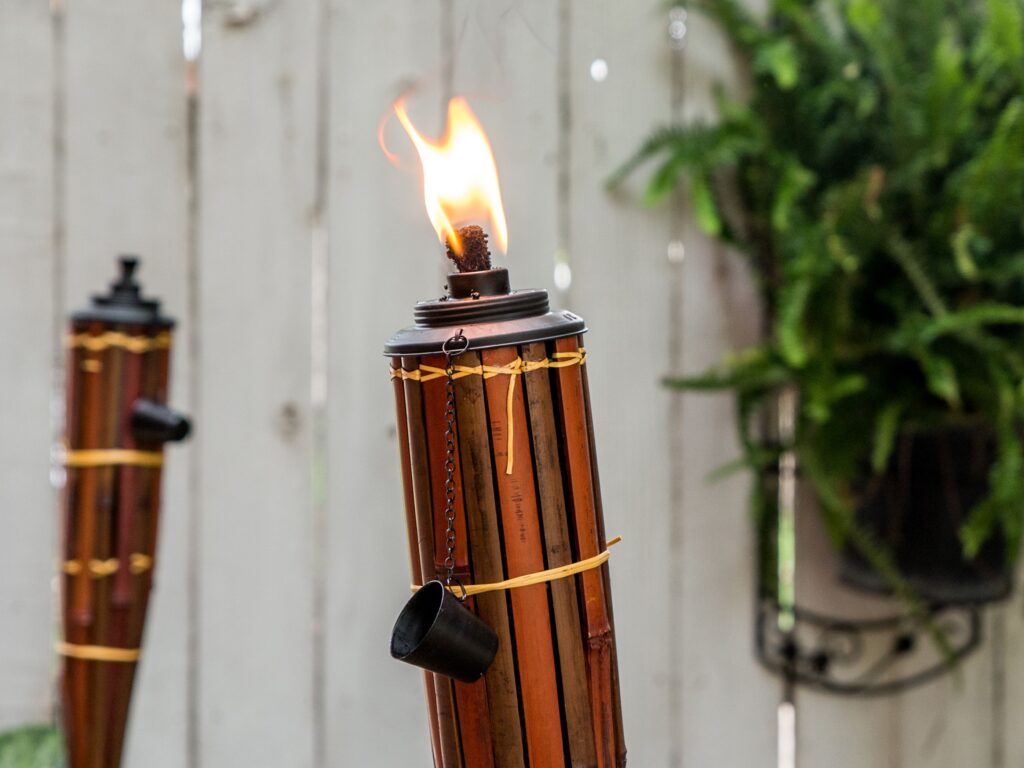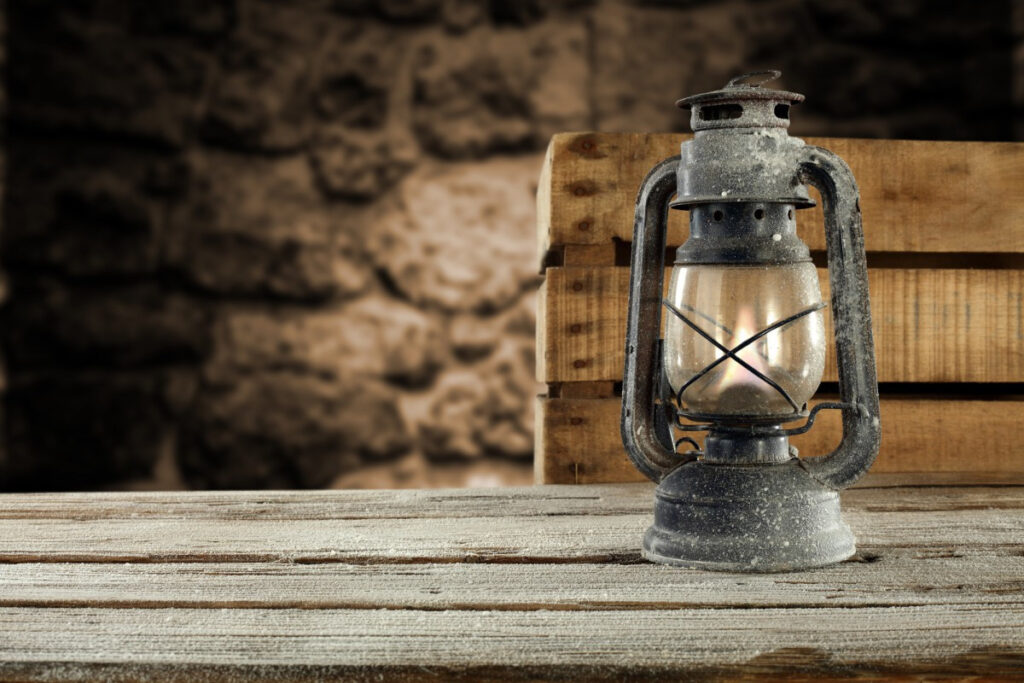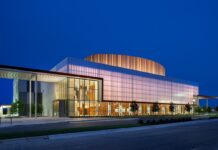
Producing light was an extremely difficult task for most of human history. Luckily, everything changed when electricity was discovered. This breakthrough helped people generate light at the flick of a switch. However, how has this technology changed the lives of every person in the world?
For those who don’t know, one of the necessities in life is light. If there was no light, there would be no humans on Earth. People require artificial light when there is no natural light. This is how it is from the start.
Typically, the biggest source of light indoors came from fire. This was before the invention of electric and gas lighting. The only things that lit up the area in the old days were oil lamps or candlelight.
However, these things only offer dim illumination. If you move a couple of inches away from the candle, you will have a hard time mending, drawing, or reading.
As one of the most impactful technologies invented in the world, lighting has come a long way to where it is now in the modern day.
Today, we’re going to take a look at lighting history. This includes the birth of light to the modern-day revolution of LED technology.
Torches

For those who don’t know, a human tried to create man-made lighting around 70,000 years ago. This is according to the Society of Illuminating Engineering.
Humans invented the first lamp made of a hollowed-out rock, a torch photo shell, or other similar non-flammable objects that they fill with combustible material. Usually, they used dried wood or grass as the combustible material.
Building-mounted and handheld torches progressed well beyond their original concept. However, the basic idea stays the same.
The Introduction ofWicks and Candles

The most crucial advancement in technology is probably the introduction of wicks and candles that hence followed. Ever since the discovery of fire, candles have represented the most significant technological advancement in lighting.
Usually, candles are made of wick combined with early candle materials such as tallow or beeswax. According to professionals, there were already candle holders as early as the 4th century BC.
Professionals credit the Romans and Greeks with introducing the wick to the Egyptian concept of wickless tallow lighting.
As early as 200 BC, societies in Asia were making candles separately out of the fat coming from whales.
Gas Lamps

In 1790, the first gas lighting was developed in England. William Murdoch then introduced this type of lighting to the US. In 1792, the gas light was installed in the first part of the road in the United States. It was Pelham Street in Newport, Rhode Island.
After a couple of years, gas lights were being used for street lighting in almost every major city in the United States.
Over the years, various forms of gasses have been utilized. These include natural gas, hydrogen, propane, butane, acetylene, and methane.
Electric Lights

Humphry Davey was the man who created the first electric light. According to professionals, Davy showed the first incandescent light to the Royal Institute in Great Britain. He utilized two charcoal rods and a bank of batteries.
Thomas Edison is perhaps the most popular man known for the development of electric light bulbs. His goal was to create electric lighting that can compete with gaslighting. In 1879, Edison invented his first incandescent light that lasted for 13 hours and 30 minutes.
Incandescent light will go on to dominate the industry. However, in 1904, Daniel McFarlan Moore introduced fluorescent lights. While early fluorescent lights need non-standard connectors and high voltage, they are extremely efficient compared to incandescent lights.
In the 20th century, HID (high-intensity discharge) lamps were invented. Some of the most popular HID lamps include metal halide, high-pressure sodium, mercury vapor, and fluorescent. These lights use the same form of technology.
Throughout the years, modern lighting can keep on improving. Today, the most promising light is the Light Emitting Diode (LED).
Modern LEDs have a useful lifespan 2 to 4 times more compared to their average competitor. In addition to that, it produces high-quality light much more efficiently as well. That is why people nowadays prefer high-quality LED lights. A huge number of Companies such as Gindestar wholesales neon lights, where you can buy LED lights in bulk at a fraction of the price compared to malls and hardware stores. Click here for more info.
Modern Lighting

Lighting that our cities, communities, and homes today are more hi-tech compared to many years ago. People can light up their house with the flick of a switch, remote control, or even an AI voice command.
Today, organizations are phasing out incandescent light bulbs around the world. They are replacing these lights with more energy-efficient OLED and LED alternatives. These lights produce more illumination for less energy.
LED lights don’t just improve your home’s lighting, but they can also improve the vibe, especially if you pair it with other home accessories such as minimalist curtains, air purifiers, or even just a simple sink with soap and hand sanitizer on top.
Even those areas that do not have access to a reliable power supply can still gain the benefits of these amazing technologies. Nowadays, there are efficient and smart solar lamps that use the light of the sun to produce energy to power up solar lamps.
Conclusion
Lighting is an important part of modern lifestyle. Luckily, it has improved a lot ever since the discovery of fire.Modern lighting is brighter and more efficient compared to gas lamps and electric lamps. If we follow the same trend, we should expect better lighting technologies in the future.








